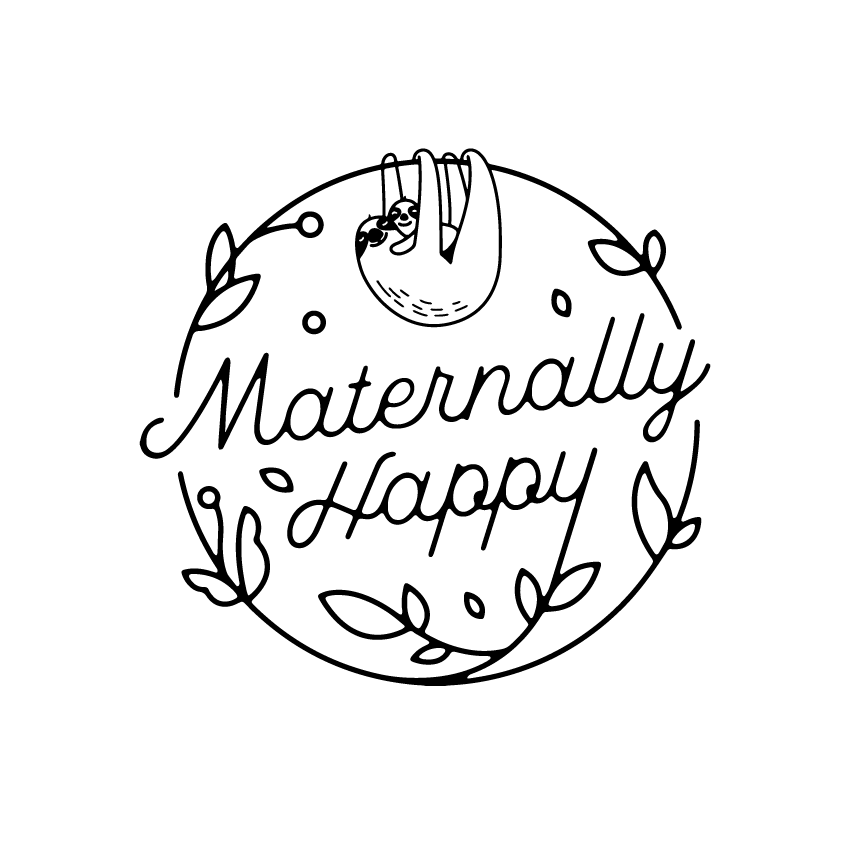




Introduction:
For a long time, bubbles have been associated with taking a bath. However, did you know that bubbles can often indicate that potential harmful ingredients have been added to your bath wash/soap? Sigh, when will it ever end...
Bath wash products should contain minimal, high quality ingredients (in our opinion), which couldn't be more true when it comes to baby wash. Let's take a closer look at some common ingredients found in bath products and why it's essential to be aware of what goes into your baby's skincare routine (as well as your own).
1. Sodium Lauryl Sulphate (SLS):
SLS is a chemical which has been used since the 1930s. SLS is found in a lot of cleaning and personal care products that produce foam or bubbles. Baby wash is a common product in which SLS is added to.
Given SLS is a surfactant, it has been linked with a lot of skin related irritations and may be something you want to avoid if your little one has any existing skin conditions such as eczema or dermatitis.
In one study looking at 1,600 people, it was found that 41% of people had a hyperactive skin reaction to SLS patch testing.
A similar study observing a small sample size found that regular contact to SLS led to skin irritation, which subsequently subsided when the volunteers were no longer exposed. More evidence suggests that the warmer the water (we all know our little ones like toasty baths), the more likely SLS will cause issues for the skin.
Other Names Companies Use Instead of SLS:
SLES is very similar to SLS and is used for a similar purpose. On face value, SLES should be a better option than SLS and shouldn't lead to skin irritation issues. However, the main concern with SLES is how it is processed and what it is processed with.
When SLES is being processed it goes through something called 'ethoxylation' which is where there is the potential for contamination with 1,4 dioxane, a possible carcinogen. How many products 1,4 dioxane is found in is unknown. However, one study did find that in 76 personal care products, 82% of products contained the possible carcinogen. Given the potential risk for contamination, you should be cautious when purchasing products which contain SLES, especially given the risk for carcinogenicity which should never be take lightly.
Ethoxylated compounds are the result of reacting ethylene oxide with other chemicals. While the end result of this reaction is usually an ingredient which is of low concern health-wise, as mentioned above, often ethylated compounds can contain traces of 1,4 dioxane and ethylene oxide as a by-product of production. Both of these compounds are prohibited in Canada, while the EU prohibits the use of ethylene oxide in cosmetics. Ethylene oxide is considered a known carcinogen, while 1,4 dioxane is reasonably anticipated to be carcinogenic. 1,4 dioxane has been shown to penetrate the skin which is why it is concerning when it is found in personal care products.
In some research ethylene oxide has been linked with certain cancers. However, other studies suggest there is not enough evidence to consider ethylene oxide carcinogenic. In animal studies, ethylene oxide has been shown to impact male and female fertility. Exposure in humans has also be linked with miscarriage and preterm births. Given the ambiguity surrounding this ingredient, we would recommend trying to minimising exposure where possible.
Other Names to Minimise:
Siloxanes are silicone based compounds that are usually found in personal care products. They are added to help soften and smooth out products. There is mixed evidence when it comes to siloxanes. While some believe that siloxanes such as D4 and D5 present a low risk of adverse health outcomes, the EU currently believes that D4 is an endocrine disruptor with some evidence pointing to D4 as having weak oestrogenic effects.
Other studies refer to siloxanes as endocrine disruptors but do not go into the reasons why. Overall, there is some weak evidence to suggest that siloxanes may have endocrine disrupting abilities, which means it could impact reproductive health. There has not been enough research conducted at present to fully evaluate this risk when it comes to siloxanes. If evidence is uncertain, we always suggest erring on the side of caution and minimising exposure.
Other Names to Minimise:
Conclusion:
When it comes to your baby's skincare, being aware of ingredients in bath products is important. Skip the bath bubbles that may contain harmful chemicals and choose products with natural, organic, and minimal ingredients (ones that you can understand).
While your baby and their immune system is still developing it is important to try and minimise their exposure to unnecessary chemicals where possible.
If you are looking for baby bath products that are low-tox, free from SLS/SLES/skin irritants, free from common food allergens and nut oils and contain natural and organic ingredients you can shop our range here.
References: